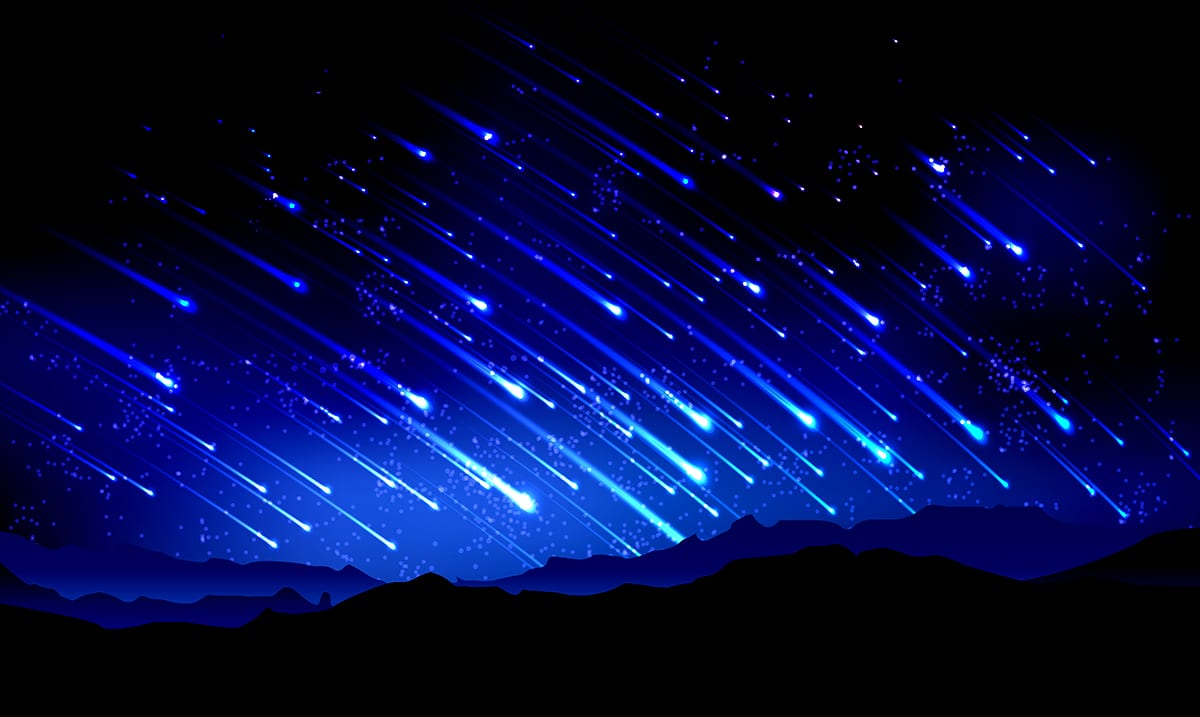It is officially December, and we all know what that means: holidays, cold weather, and the end of the year. As we get closer to the end of the year, we are getting closer and closer to not only the last full moon, but also the last (and strongest) meteor shower of the year.
On December 7th, the December cold moon will be upon us. The moon is referred to as the cold moon because the Mohawk tribe named it such due to the cold temperatures during this time. It has also been called the Snow Moon, Winter Maker Moon, and the Frost Exploding Trees Moon, according to the Farmer’s Almanac.
The moon can be seen on the night of December 7th and will remain so into the early morning.
Not only is it the cold moon, but it is also the time of year in which the Geminids reach their peak. The Geminid meteor shower will peak on December 13th and 14th, with 120 or more meteors passing by per hour. Because the three-quarters moon will also be present, you may not be able to see as many as usual- but it will still be quite the show. The trick is to wait until the moon is on the other side of the sky to view it.
To view it, you can look towards and around the Gemini constellation. You will need a dark area for viewing (no city lights, yard lights, or any of that.) You will also need a place you can lay back and look up at the sky. The best viewing happens after your eyes have adjusted to the dark sky, which takes about 30 minutes.
While most meteor showers come from comets, this one comes from an asteroid. Because of that, they have a deeper and brighter hue and also come through quite fast. The highest point of the Geminid is at around 2:00 AM, however, it can be observed as early as 9 pm.

